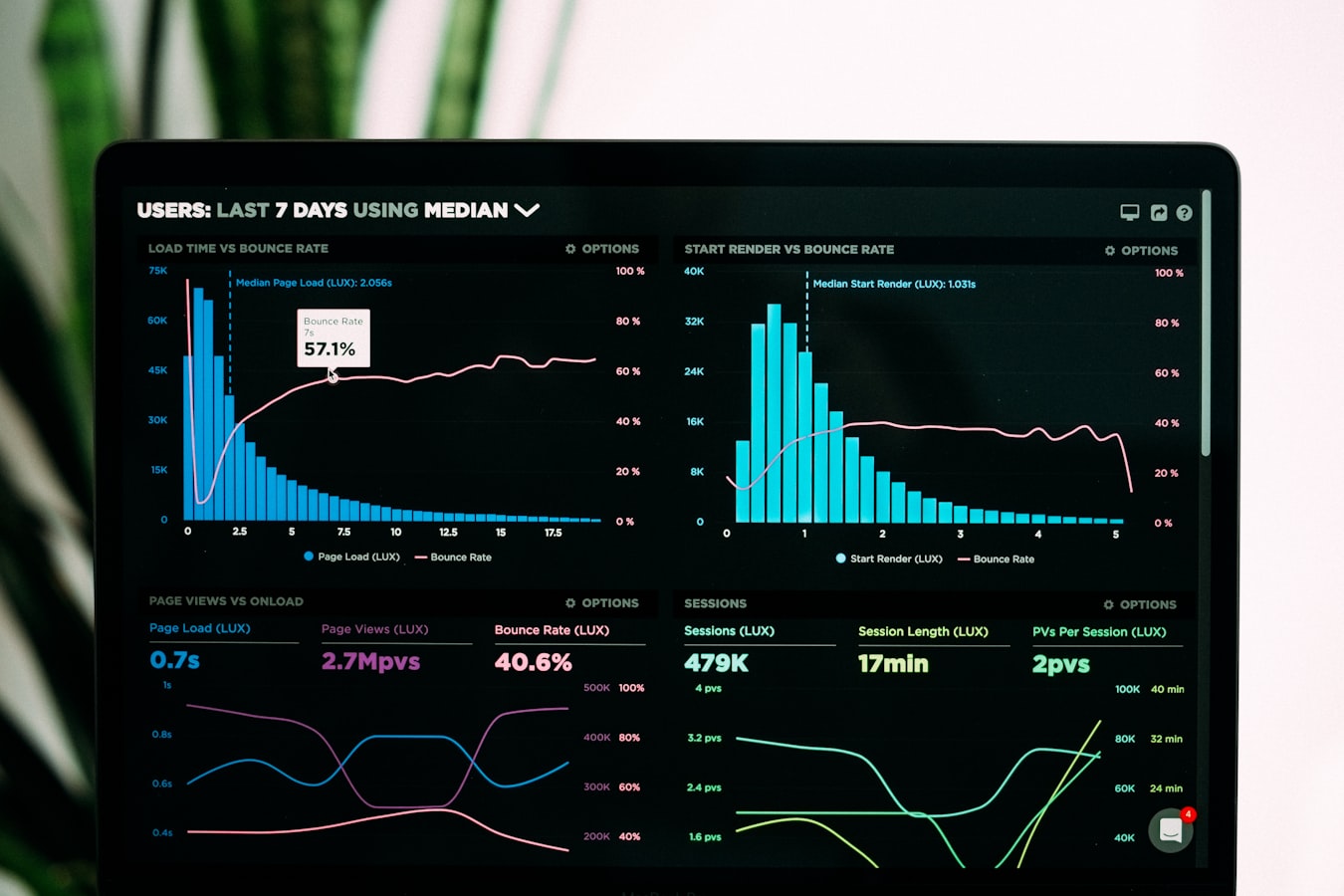In today's fast-paced job market, recruiters spend an average of just 6-8 seconds scanning each biodata. A well-crafted one-page biodata can be your ticket to standing out from the crowd while ensuring all your key qualifications are immediately visible. This guide will walk you through creating the perfect concise biodata for quick job applications in India.
Why a One-Page Biodata Works Best
Benefits of keeping your biodata to a single page:
- Higher retention: Recruiters remember 40% more from concise documents
- ATS friendly: Easier for applicant tracking systems to parse
- Mobile optimized: 72% of recruiters first view biodatas on phones
- Focus on relevance: Forces you to highlight only your most impressive qualifications
- Faster applications: Quick to customize for different job postings
When to Use a One-Page Biodata
Ideal for:
- Entry to mid-level positions
- Career fairs and networking events
- Initial applications where a full CV isn't requested
- Indian startups and tech companies that prefer brevity
Essential Sections for Your One-Page Biodata
1. Contact Information (Top of Page)
Include only the essentials:
- Full name (larger font)
- Phone number with WhatsApp indicator if applicable
- Professional email address
- LinkedIn profile (customize your URL)
- City/State (no full address needed)
- Portfolio/GitHub link if relevant
Pro Tip
Create a clickable email link and LinkedIn URL to make it easy for recruiters to contact you when viewing digital copies.
2. Professional Summary (3-4 lines)
This is your elevator pitch:
- Your professional identity (e.g., "Digital Marketing Specialist")
- Years of experience (if relevant)
- Key skills/expertise
- Career objective or what you bring to employers
Example Summary
"Results-driven software engineer with 3 years of experience in full-stack development. Specialized in JavaScript frameworks (React, Node.js) and cloud technologies (AWS). Passionate about building scalable web applications that solve real business problems. Seeking to leverage my skills in a product-focused tech company."
3. Key Skills (Bullet Points or Visual Chart)
Prioritize:
- Technical skills relevant to the job
- Industry-specific tools/software
- Languages (if applicable)
- Soft skills that differentiate you
4. Work Experience (Most Recent 2-3 Roles)
For each position include:
- Job title, company name, dates
- 3-4 bullet points per role focusing on achievements
- Quantifiable results where possible
- Action verbs ("Led", "Developed", "Increased")
5. Education (Brief Section)
Include:
- Degree, institution, year
- GPA only if above 3.5/4.0 or equivalent
- Relevant coursework or projects (for freshers)
- Certifications if space allows
One-Page Biodata Format Example
Rahul Verma
Senior UX Designer
+91 98765 43210 | rahul.verma@email.com
linkedin.com/in/rahulverma | behance.net/rahulux
Mumbai, India
Creative UX designer with 5+ years of experience creating intuitive digital experiences for B2B and B2C products. Specialized in user research, interaction design, and design systems. Led UX for 3 successful product launches with 30%+ improvement in user engagement metrics.
- Redesigned flagship SaaS product, resulting in 35% increase in user retention
- Established design system used by 20+ product teams
- Conducted user research with 50+ customers to identify pain points
- Designed mobile app with 4.8/5 Play Store rating
- Reduced customer support queries by 40% through improved UI flows
- Collaborated with PMs and engineers in agile environment
M.Des in Interaction Design, IIT Bombay, 2019
B.Sc in Computer Science, Delhi University, 2017
Design Tips for Maximum Impact
1. Layout and White Space
Strategies to fit everything elegantly:
- Use 0.5-1 inch margins
- Single column layout for ATS compatibility
- Section headings with subtle color or underline
- Balance text with white space (avoid cramming)
2. Typography
Font guidelines:
- One professional font (e.g., Calibri, Arial, Helvetica)
- 10-12pt for body text
- 14-16pt for your name
- 12-14pt for section headings
- Bold for important items only
3. Saving and Sharing
Best practices:
- Save as PDF to preserve formatting
- Name file professionally: "FirstName_LastName_UX_Designer.pdf"
- Keep under 300KB for email attachments
- Test print to ensure readability
BioVaq's One-Page Solution
Our one-page biodata maker automatically formats your content to fit perfectly on a single page while maintaining readability and professional design standards.
What to Exclude from Your One-Page Biodata
Elements to omit to save space:
- Photo (unless specifically requested)
- "References available upon request"
- High school education (unless recent graduate)
- Irrelevant jobs from early career
- Personal details like marital status
- Long lists of generic skills
Customizing for Different Job Applications
Tailor your one-page biodata quickly:
- Adjust professional summary to match job description
- Reorder skills to highlight most relevant ones first
- Include metrics that matter to that employer
- Use keywords from the job posting
- Save multiple versions for different roles
Time-Saving Strategy
Maintain a "master" biodata with all your experience, then create targeted one-page versions by copying and pruning the master document for each application.
Final Checklist Before Sending
Before submitting your one-page biodata:
- Proofread for spelling/grammar errors
- Ensure all links work
- Check contact information is correct
- Verify it prints correctly on A4 paper
- Get feedback from a colleague
- Compare against the job description
By following these guidelines, you'll create a powerful one-page biodata that makes a strong first impression and increases your chances of landing interviews in India's competitive job market.





